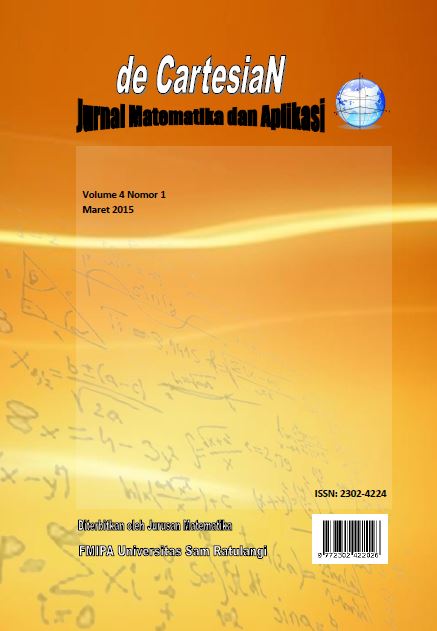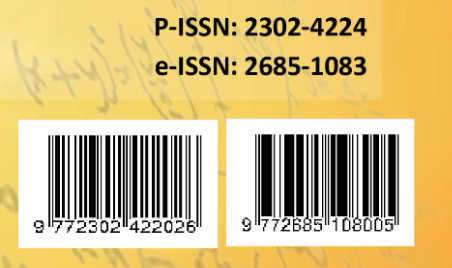Hidden Markov Model
DOI:
https://doi.org/10.35799/dc.4.1.2015.8104Abstract
Hidden Markov Models (HMM) is a stochastic model and is essentially an extension of Markov Chain. In Hidden Markov Model (HMM) there are two types states: the observable states and the hidden states. The purpose of this research are to understand how hidden Markov model (HMM) and to understand how the solution of three basic problems on Hidden Markov Model (HMM) which consist of evaluation problem, decoding problem and learning problem. The result of the research is hidden Markov model can be defined as . The evaluation problem or to compute probability of the observation sequence given the model P(O|) can solved by Forward-Backward algorithm, the decoding problem or to choose hidden state sequence which is optimal can solved by Viterbi algorithm and learning problem or to estimate hidden Markov model parameter  to maximize P(O|) can solved by Baum – Welch algorithm. From description above Hidden Markov Model with state 3 can describe behavior from the case studies.
Key  words: Decoding Problem, Evaluation Problem, Hidden Markov Model, Learning Problem








